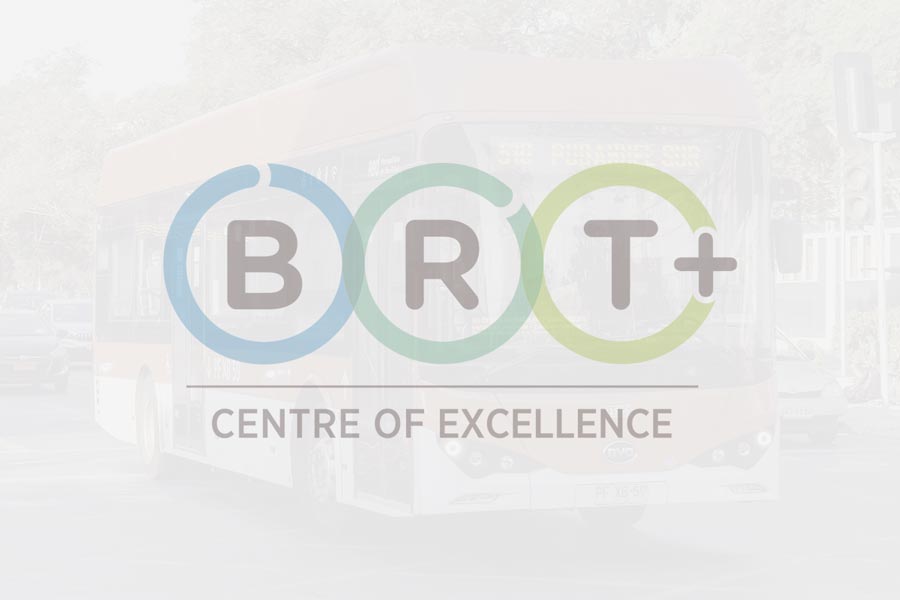Opinion Pieces: since 2007, Prof. David Hensher has written an opinion column in the Australasian Bus and Coach magazine, where he monthly discusses a lot of different transport-related hot topics. In this section we are revisiting these columns.
September 2009
There is a growing swell of opinion that the energy sources that has the current highest probability of replacing fossil-fuels is electricity via ‘replacement advanced battery technology’. For those in the know, there is a lot happening in the development of vehicles driven on battery-power accompanied by a network of battery replacement stations (much like petrol stations).
It was announced on October 23, 2008 that Australia will become the third country in the world to have an electric car network (up by 2011) in a bid to run the country’s 15 million cars on batteries powered by green energy. The international company Better Place (head office Canada) has teamed up with AGL Energy and Macquarie Capital Group to set up a network of «charging spots» and «battery exchange stations» to power electric vehicles in Brisbane, Sydney and Melbourne. The electric car networks, as they are called, allow zero emission vehicles to run on clean energy grids in order to reduce the dependence on oil. As we all know, but often fail to remember, there may be a shortage of oil but there is no shortage of energy.
Denmark and Israel have already begun to lead the way on this initiative by moving to establish the world’s first electric car networks. Under the plan, charging spots, to top up batteries, are being located in places where cars park, such as home garages, shopping centres and office carparks. The charging spots, which would look like parking meters, provide cables to connect batteries to a green energy grid. AGL Energy provides the power from renewable sources including hydro and wind. On the urban fringe and on freeways, «battery switching stations» would exist for trips longer than 161 kilometres. A driver would enter a switching station (much like they do toady with filling up the fuel tank at a petrol station), and replace the car’s battery before continuing on their journey.
Most notably, the advanced battery technology which looks very much like a flat disc will be slid into the undercarriage of a car and as a new battery is able to deliver power for up to 160 kilometres, which is plenty spacing between existing petrol stations which will become battery switching stations. As one approaches the battery switching station, one enters a facility that in a maximum of 40 seconds (once one is out of the queue), the flat battery is attached to the ground unit, slid out and a new battery placed in the undercarriage and away you go (after paying naturally! using electronic equipment much like an ETAG for a toll road). Battery technology at present has a maximum of 160 kms before recharge (or switching), and this deteriorates over time. After a number of recharges the batteries being switched in the long distance interurban context loose power and can be relocated to other switching stations in metropolitan areas where the kilometres between switching and hence recharge are less. There will come a point in time after a number of recharges where the battery will no longer be of use (much like batteries in mobile phones).
It has been estimated that the operating costs of these vehicles will be as low as 3c/km, in comparison to 12c/km for petrol-powered vehicles. With less moving parts the maintenance costs will also be lower. We are told that such vehicle swill cost around $20,000 to purchase. This all sounds too good to be true! But it is happening and Canberra has started the process.
Although the focus is on cars initially, the evidence, if realised, will send a message about the carbon footprint of cars and (which should almost disappear – even allowing for the sourcing of battery technology and its power), and provide encouragement for the entire bus industry to move this way where it will be much easier to implement the battery switching network.
There must be a downside surely? Well if we fail to rethink the whole charging regime for car use, we will end up with much greater car use and hence traffic congestion in the big cities. In the rural and regional areas the lower cost of fuel and vehicle prices should mean that some who are disadvantaged but can drive will be better placed to buy a car. Hence it the cities this may signal greater urgency in introducing variable user charging where you pay per kilometer, so that we can properly reflect the cost of lost time, something I have explained in detail in previous opinion pieces. The bus industry can both benefit through lower operating and maintenance costs but also worry about the possible increase in costs due to traffic congestion and the move away from buses in favour of low cost energy-efficient zero carbon footprint cars.
Food for thought
¿Comments? ¿Opinions? ¿Similar News? Send them to us!













